How to Deal with a Cat Abscess
A cat abscess can be a nasty thing to deal with, given that you are in effect dealing with an infection.
A cat with an abscess will normally have a fever, and if the abscess is left untreated can lead to a very serious situation.
This is even if an abscess has drained already, and why it’s a good idea to see a vet sooner rather than later.
What is an Abscess?
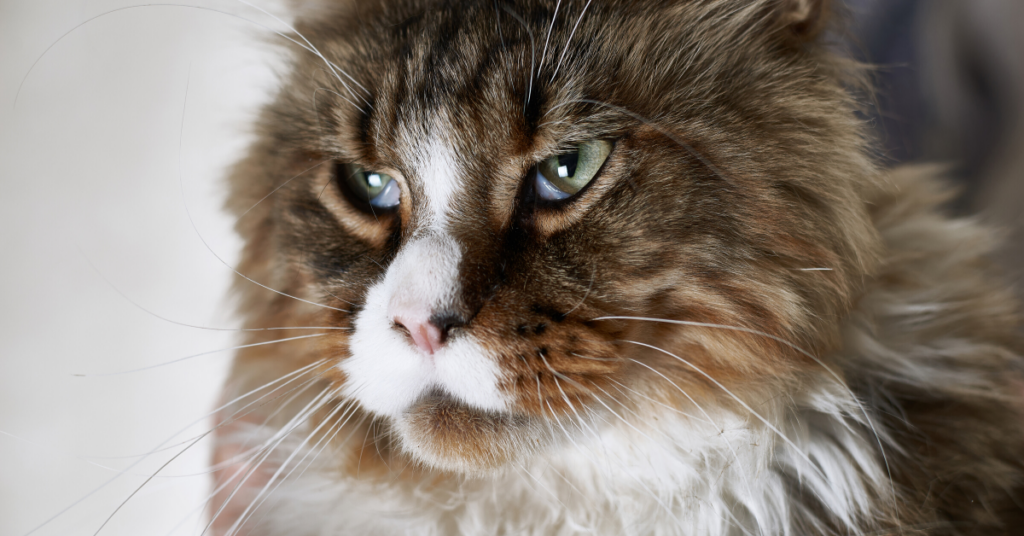
An abscess is a pocket of pus, usually due to the introduction of bacteria into the body.
Upon detecting an infection the body sends white blood cells to the area where the white blood cells fight the infection.
Usually an abscess will appear all of a sudden as a painful swelling lump.
It can be both firm to the touch, or squidgy.
An abscess can rupture, producing a foul smelling liquid, which does not necessarily mean that things are better.
The wound can become reinfected if not cleaned and tended to.
An internal abscess caused by infection that bursts can still pose a danger of bacteria in the bloodstream.
Best to see a vet if your cat is not acting itself or has a fever.
What Causes a Cat Abscess?
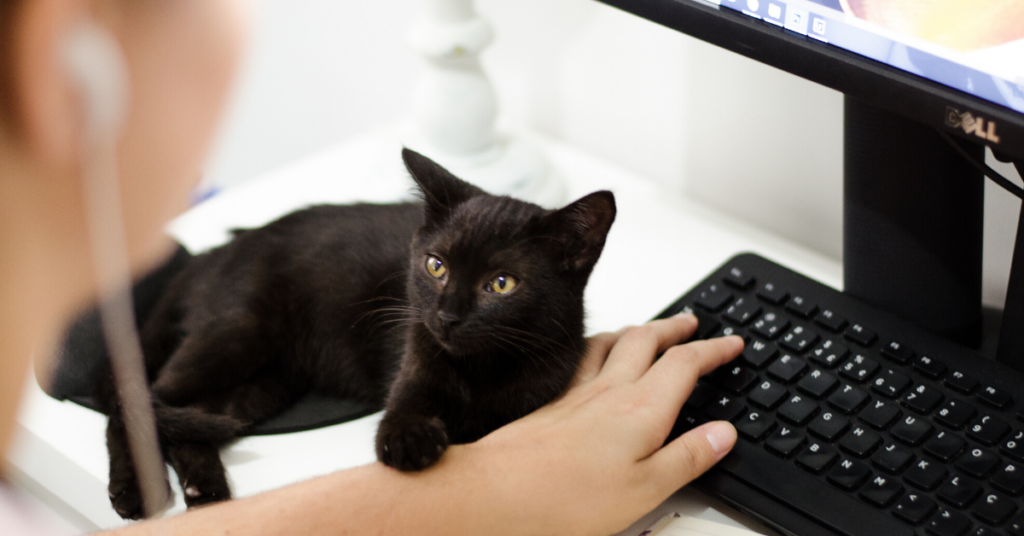
Cat abscesses are most often caused by cat bites or puncture wounds.
They’re most often found on outdoor cats involved in cat fights.
Another cause of abscess formation is due to an unclean cat mouth where the tooth root becomes infected.
Usually due to gingivitis where cat owners may not be feeding a cat the right kind of food or to poor tooth hygiene.
How to Identify an Abscess
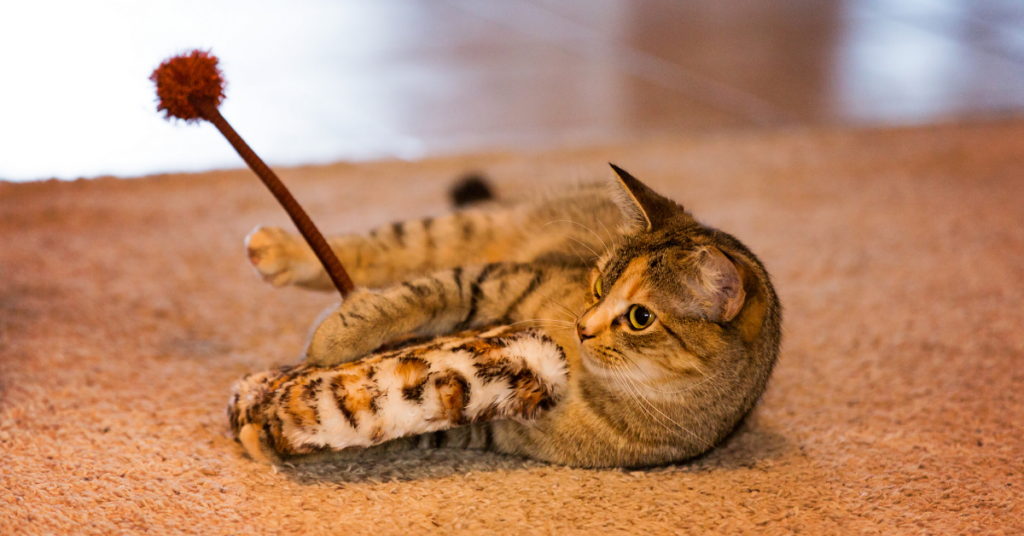
Often a first sign of an abscess may be that you notice missing fur.
Or the fur is looking matted in one area.
Or you could see what looks like an open sore, or swelling that is painful when touched.
You also may notice a very foul smell emanating from the area where the abscess is located.
These signs are usually accompanied by fever or lethargy, and you notice that your cat is not acting like itself.
What to Do If You Find a Cat Abscess
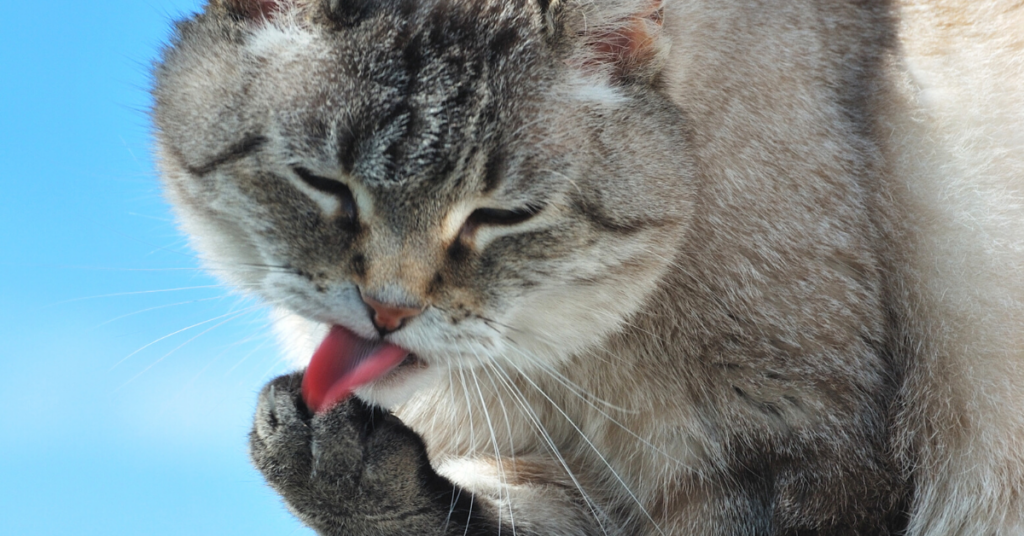
First we would recommend that you never use alcohol, or hydrogen peroxide on an abscess.
It is best to apply a warm compress to the suspected area to identify where exactly the abscess formed.
Then do your best to cut away as much hair from the area and see if you can identify it as a cat bite abscess.
This type of wound can heal on its own if it is kept clean, while preventing the cat from licking it.
How is a Cat Abscess Treated?

Your vet will make a complete evaluation of your cat.
This is to make sure that there are no other symptoms pointing to something more serious.
Often sedation will be used when lancing an abscess that is not yet draining to begin treating the infection.
Any pus that is released by the abscess will be analyzed by the lab to inform which antibiotic therapy to use.
The main thing is to keep any wounds clean.
Meaning that when your cat comes home that it stays in a clean space.
This will be more challenging for outdoor cats, but important nevertheless.
Also be sure that your pet has access to food and water as it recovers.
When to See a Veterinarian
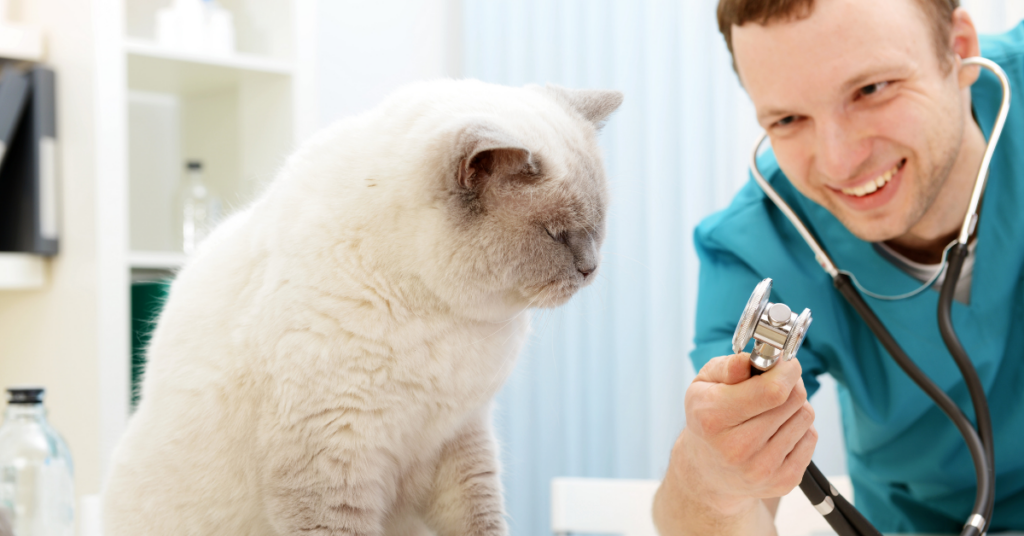
As always, if your cat is not acting like itself, seems lethargic, or in pain, then it is a good idea to see your vet.
If you notice that your cat is not cleaning itself as usual with areas of matting then that is a sign to visit your veterinarian.







